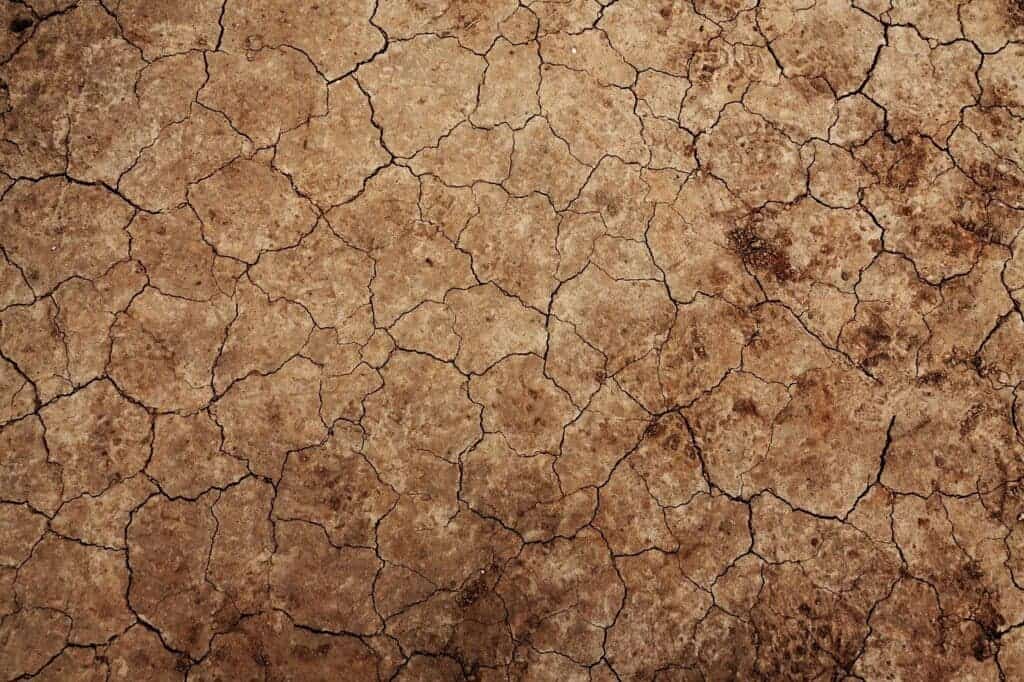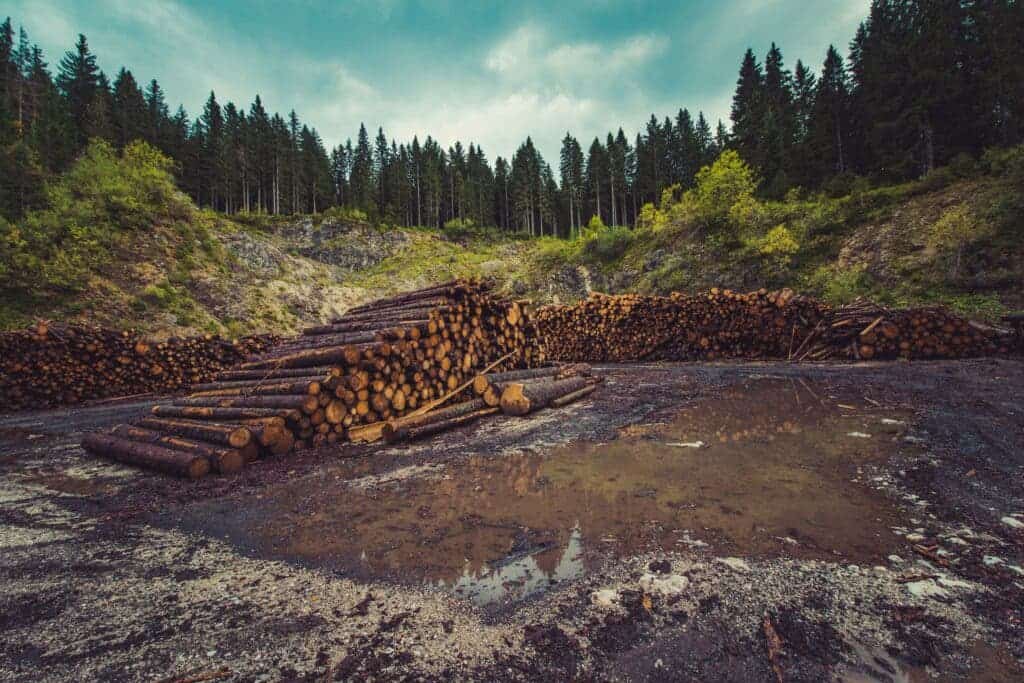With our cities, farms, and overall way of life, we have transformed large swaths of Earth from their natural state, usually leaving them worse than before, according to a new report. Researchers found up to 40% of the world’s total land area is now classified as degraded, with Asia, South America, and Africa especially affected.

The report was published by the UN Convention to Combat Desertification (UNCCD), part of a legally binding treaty that addresses desertification and the effects of the drought that almost every country has agreed to. The UNCCD will hold its next big meeting, COP15, next week, where leaders and civil society will seek to put land restoration on the political agenda.
“Land degradation is affecting food, water, carbon, and biodiversity. It is reducing GDP, affecting people’s health, reducing access to clean water, and worsening drought,” Ibrahim Thiaw, the executive secretary of UNCCD, said in a statement. “Modern agriculture has altered the face of the planet, more than any other human activity.”
A growing problem
Land degradation happens when the land cover is removed or lost, causing the soil and organic matter to be washed away. We tend to think of degraded land as arid deserts, rainforests cleared by loggers, or areas covered with cities, but it also includes apparently green areas that are stripped of natural vegetation or intensely farmed.
The UN found up to 70% of the Earth’s land area has already been altered from its natural state, causing “unparalleled environmental degradation” and contributing to global warming as well. About $44 trillion (half the world’s annual GDP) is at risk because of the depletion of natural resources, which provide many valuable services to everyone.

The report said between 20% and 40% of the global land surface is now degraded, an area the size of Africa. Nevertheless, the estimate is “conservative” and could be larger in reality, the UN said. Degradation is especially severe in dryland regions, meaning water-scarce parts of the world, which are now home to one in three people.
More than any other activity, agriculture is largely behind these impacts, the report found, with at least 40% of Earth’s land surface currently dedicated to agriculture – and half of these lands degraded. Degradation in agriculture happens largely because of illegal deforestation, driven by lax enforcement of laws and consumer demand.
The way forward
The report highlights ways through which we can still stop and reverse the damage we have caused to Earth’s land – not with future technology but with existing tools and know-how. And there are places that have already started investing in land restoration that are seeing the benefits, with examples from different parts of the world included in the report.
One example that stands out is Africa’s Green Wall initiative, which started in 2007 to restore degraded landscapes on the southern edge of the Sahara Desert, from Ethiopia in the east to Senegal in the west. Local communities have taken the lead in the project with funding from the World Bank and the Green Climate Fund, the UN said.
In Niger, Africa, farmers have brought back a traditional technique that mixes trees with agricultural land, hoping to reverse decades of deforestation and land degradation. These trees can boost crop growth and improve the health of the soil, while providing people with extra food, fodder, and fuel, making their lives easier.
Meanwhile, in Southeast Asia, with 24% of its land degraded, Indonesia has been investing to protect and restore its peatlands – which hold a large amount of carbon. The UN estimates that about half of the country’s 140,000 square kilometers of peatland have been drained or logged, leading to more frequent wildfires.









